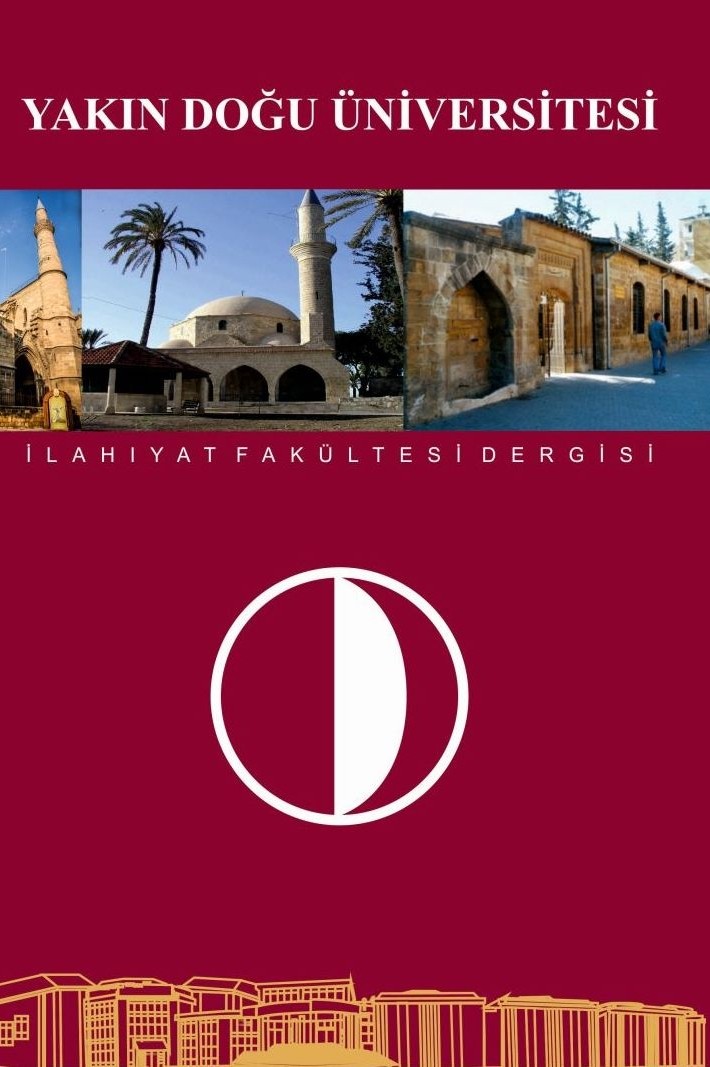
Yakın Doğu Üniversitesi İlahiyat Fakültesi Dergisi
Yazarlar: ["Münir ECER"]
Konular:-
DOI:10.32955/neu.ilaf.2023.9.1.01
Anahtar Kelimeler:Din Eğitimi,Yüksek Din Öğretimi,İlahiyat Fakültesi,Arapça
Özet: Arabic It is a language that has a universal status thanks to its many features such as reading and understanding religious texts, general culture, and trade, and as an extension of this status, it is a language that is the subject of education and training. There is a considerable demand for learning this language in Turkey as well. Turkey's higher religious education institutions have an important function in meeting this demand. In this sense, Arabic teaching is carried out intensively within the faculties of Theology and Islamic Sciences, so that one dimension of the demand for the Arabic language is tried to be met. It is known that while there are important searches and developments in these institutions in Arabic education, there are also various pedagogical problems. From a pedagogical point of view, this study aims to identify the problems encountered in Arabic lessons taught in these institutions and to develop various suggestions. The study was designed in accordance with the narrative research pattern, one of the qualitative research methods. In this sense, interviews were conducted with the lecturers and students of a faculty selected as the sample group, and the experiences of these stakeholders from the courses were tried to be revealed. The experiences of the participants in these lessons were collected as narratives from themselves and the data of the study were created by the researcher in this way. In the data collection process, a semi-structured interview form was used. The data obtained were first transcribed for each participant, and then the findings of the research were created by subjecting them to content analysis. In the context of these findings, it was seen that the problems encountered in Arabic lessons in higher religious education institutions were united around four basic themes. These These are problems arising from structural situations, student attitudes, method and material use, and measurement-evaluation. Problems arising from structural situations student admission requirements are clustered around the gradually decreasing courses towards the upper classes and classroom environment codes. It has been determined that the anxiety and prejudices of the students towards Arabic lessons and the lack of interest and motivation in the lessons are effective in the problems stemming from the attitudes they have. The problems arising from the use of methods and materials are handled separately within themselves. In this context, the teaching of the lessons in a format that is generally included in the literature as teacher-centered education, the lack of method diversity in the lessons, and the lack of activities carried out in and out of the lesson have come to the fore as the problems arising from the method. In the problems arising from the use of materials, it was revealed that the textbook was incomplete or not suitable for the purpose, and audio-visual tools were not preferred effectively in the lessons. As the last theme obtained in the research, in the problems arising from the measurement and evaluation process, the lack of an effective method and guidance while preparing for the exams and the lack of preference of measurement tools that can lead to appropriate learning came to the fore. The data that emerged as a problem were used as a finding title and grounded together with its sub-titles. Finally, suggestions developed by the researcher in order to overcome the emerging problems are listed.